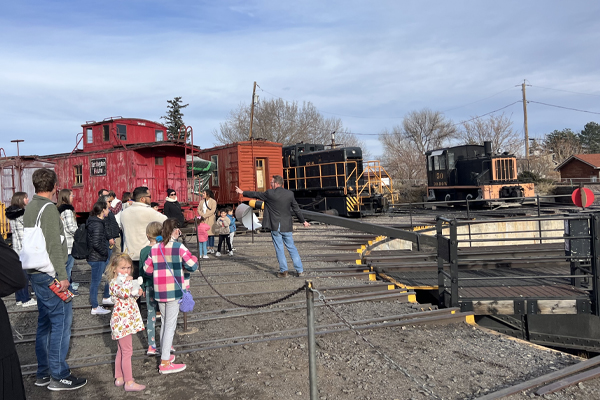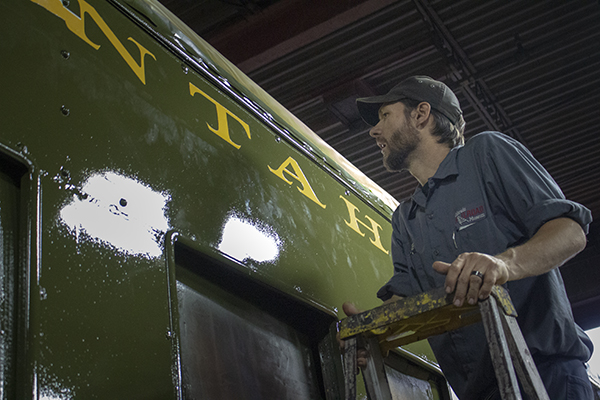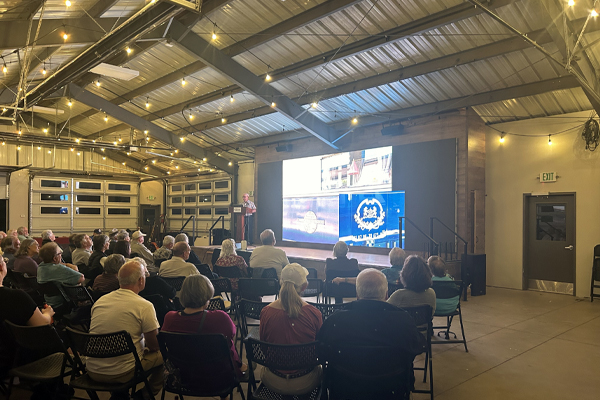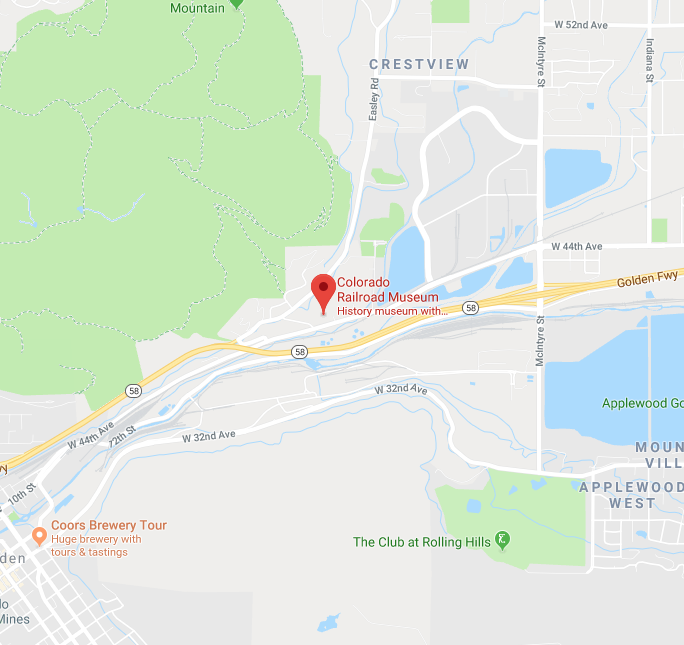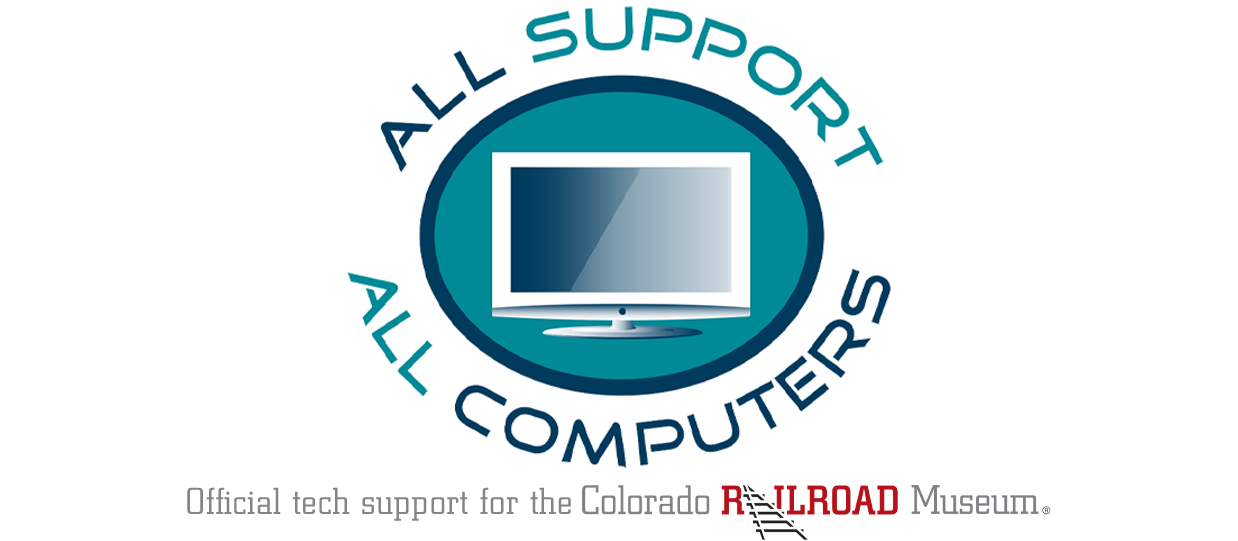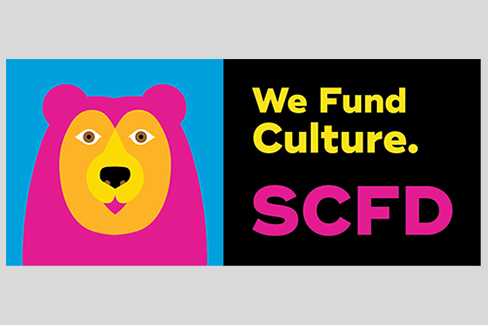LEARN AND EXPLORE
Stories, crafts, educational tours and interactive experiences highlight the fun and exciting learning opportunities available at the Colorado Railroad Museum!
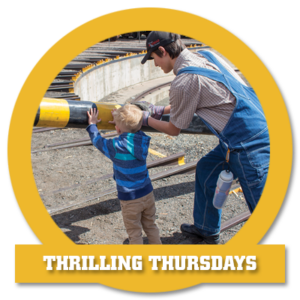
Enjoy Thrilling Thursday activities with pop-up exhibits, re-enactors, and a variety of activities ongoing from 10 a.m.-2 p.m. Included with General Admission.
Thursdays May 15-August 7, 2025

Join the staff and volunteers of the Colorado Railroad Museum in-person on the THIRD TUESDAY each month as they share some of their favorite children’s stories (with a decidedly railroad theme) followed by a fun “make-and-take” craft! Recommended ages 4-6 years old. Included with General Admission
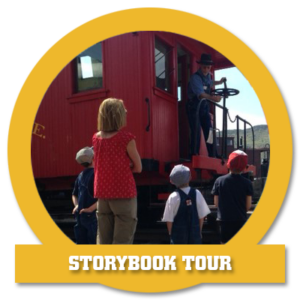
10:00AM-11:00AM The First Tuesday Each Month
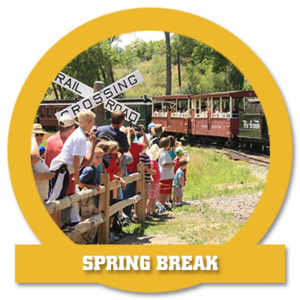
Need a place to take the kids while they are out of school during Spring Break? The Colorado Railroad Museum has a solution! Enjoy Train Rides, pop-up exhibits, a craft project, and a host of other special activities and demonstrations. It’s a week of hands-on activities related to the railroad and those connected with it. Mark your calendars now for March 18-21, 2025!
